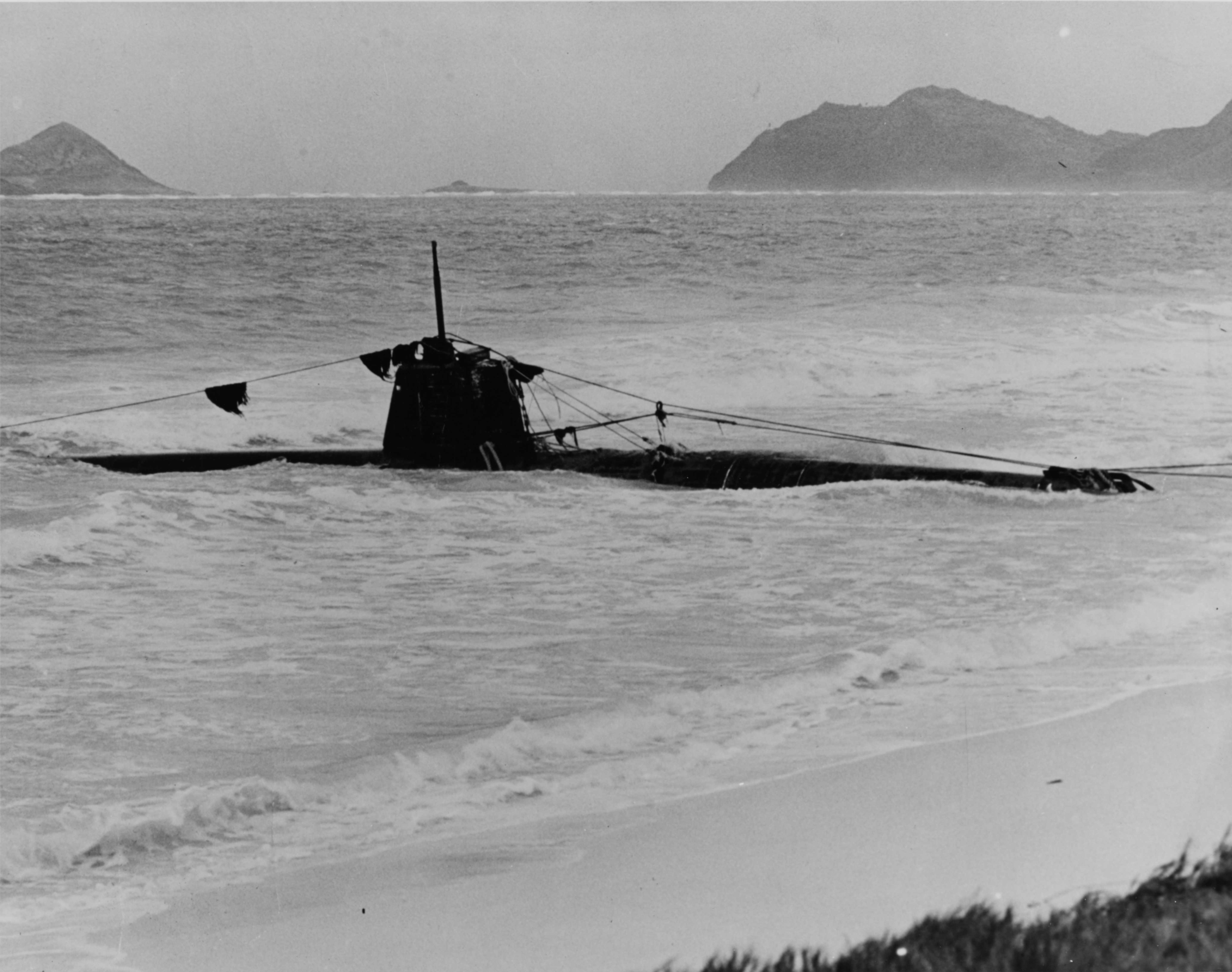ARCHAEOLOGISTS DISCOVER PERFECTLY PRESERVED 2000-YEAR-OLD ROMAN SHIP, 20 OTHER SHIPWRECKS IN BLACK SEA OFF BULGARIA’S COAST

A perfectly preserved almost 2,000-year-old Roman ship is the most intriguing discovery from the third and final research season of the international Black Sea MAP underwater archaeology project – among a total of 20 other previously unknown ancient and medieval ships on the bottom of the Black Sea of Bulgaria’s coast.
Below 150 meters (app. 500 feet) the Black Sea’s water is anoxic, preventing the growth and development of organisms that feed on organic materials, such as wood and flesh.
In 2016, Black Sea M.A.P. made global headlines with the discovery of the world’s first ever well preserved sunken “round ship" (a cog), a medieval Mediterranean ship which was a precursor to the Age of Discovery vessels such as the ones on which Christopher Columbus crossed the Atlantic, in Bulgaria’s Black Sea zone.
...
The team of world-renowned underwater archaeology scientists returned from their third and final field season in Bulgaria’s Black Sea zone to the port of Burgas.
“This assemblage of [well-preserved Black Sea shipwrecks] must comprise one of the finest underwater museums of ships and seafaring in the world," the project’s Chief Investigator, Prof. Jon Adams from the University of Southampton, has said.
The expedition’s best “find" of 2017 is a Roman ship lying in over 2,000 meters of water, with its mast still standing, both quarter rudders with their tillers still attached and the yards lying on deck where they fell.
Rope is still draped over the frames due to the extraordinary preservation of organic materials in the Black Sea’s anoxic conditions. The relatively slight damage at the bow and stern was sustained at the time of wrecking.
Black Sea M.A.P.’s Chief Investigator has also noted another stunning find from the 2017 field season, a 10th century Byzantine merchant ship.
“We dived on one wreck, a merchant vessel of the Byzantine period dating to the 10th century. It lies at a depth of 93 meters that puts it into the diving range so we took the opportunity to visually inspect certain structural features first hand," Adams explains.
“The condition of this wreck below the sediment is staggering, the structural timber looks as good as new," he adds.
“This suggested far older wrecks must exist and indeed even in the few days since the dive we have discovered three wrecks considerably older, including one from the Hellenistic period and another that may be older still," the maritime archaeologists elaborates.
In the course of the Black Sea MAP’s surveys, these wrecks have been unearthed using the latest robotic laser scanning, acoustic and photogrammetric techniques, the organizers point out.
This represents an unbroken pattern of trade and exchange, warfare and communication that reaches back into Prehistory, and because of the anoxic conditions of the Black Sea (the lack of oxygen) below a certain depth, some of the wrecks survive in incredible condition.
“We have never seen anything like this before. This is history in the making unfolding before us," says Dr. Krum Bachvarov, from the University of Connecticut and the National Institute and Museum of Archaeology in Sofia.
...
“The vessels represent the Roman and Byzantine periods, and the time of Ancient Greek colonization. The discovered shipwrecks will undoubtedly rewrite the history of ancient shipbuilding," he elaborates.




